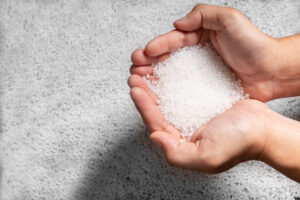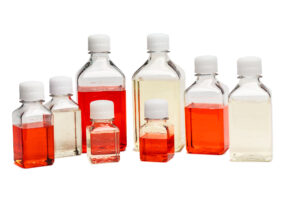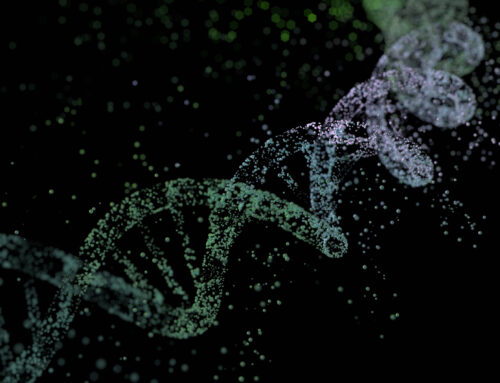A Comparative Study of PETG Polymer Versus Fluoropolymers – Where Cost-Effectiveness and Sterilization Methods Matter

Polyethylene Terephthalate Glycol (PETG), a versatile thermoplastic polymer, has cemented its position as a material of choice across a wide array of industries, owing to its remarkable attributes such as transparency, toughness, and ease of processing. In contrast, fluoropolymers, renowned for their exceptional chemical resistance and stability, have carved a niche in specialized applications. The selection dilemma between PETG and fluoropolymers often pivots around multifaceted considerations, including the nuances of sterilization methods, which play a pivotal role in ensuring product safety and integrity.
PETG’s allure lies in its cost efficiency when juxtaposed against fluoropolymers. Its production process is imbued with lower manufacturing costs, rendering it an appealing option for applications where stringent budget constraints prevail. While fluoropolymers undeniably offer superior chemical resistance and thermal stability, their higher material costs can pose economic challenges, positioning PETG as an attractive, cost-effective alternative, particularly in industries where fiscal prudence is paramount.
The importance of sterilization cannot be overstated in sectors such as healthcare and pharmaceuticals, where the maintenance of stringent hygiene standards is imperative to safeguarding public health. Among the prevailing sterilization methodologies, gamma and autoclave sterilization emerge as frontrunners, each endowed with unique advantages and limitations.
Gamma sterilization harnesses radiation to obliterate microorganisms and sterilize materials, including polymers, offering unparalleled benefits such as deep penetration and compatibility with various packaging configurations. Conversely, autoclave sterilization relies on high-pressure steam to achieve sterilization, albeit with potential drawbacks, such as unsuitability for heat-sensitive materials and the propensity to impact specific polymer properties.
The choice of sterilization modality profoundly influences the properties and performance of polymers, whether PETG or fluoropolymers. Gamma sterilization, a cold sterilization technique, is generally favored for temperature-sensitive materials like PETG, circumventing the risk of subjecting the polymer to elevated temperatures that could precipitate deformation or degradation.

Moreover, gamma sterilization impeccably preserves PETG’s inherent transparency and mechanical prowess. Conversely, owing to their intrinsic chemical resilience, fluoropolymers may withstand autoclave sterilization without incurring significant degradation, rendering this method a viable alternative.
The conundrum between PETG and fluoropolymers hinges on many factors, including cost considerations and the exigencies of sterilization. PETG emerges as an economically prudent solution, particularly in industries that espouse fiscal astuteness. When navigating the labyrinth of sterilization methods, gamma sterilization emerges as a panacea for preserving PETG’s salient properties, especially in applications where temperature sensitivity looms large. Conversely, fluoropolymers’ formidable chemical resistance renders them impervious to the rigors of autoclave sterilization.
Of course, PETG and fluoropolymers have their place. However, choosing which is suitable for a specific scientific application can be difficult. The good news is that we have you covered. If you need help selecting the correct container for your project, our experienced team is here to help. Contact us today to find the perfect tools for your scientific endeavors.




